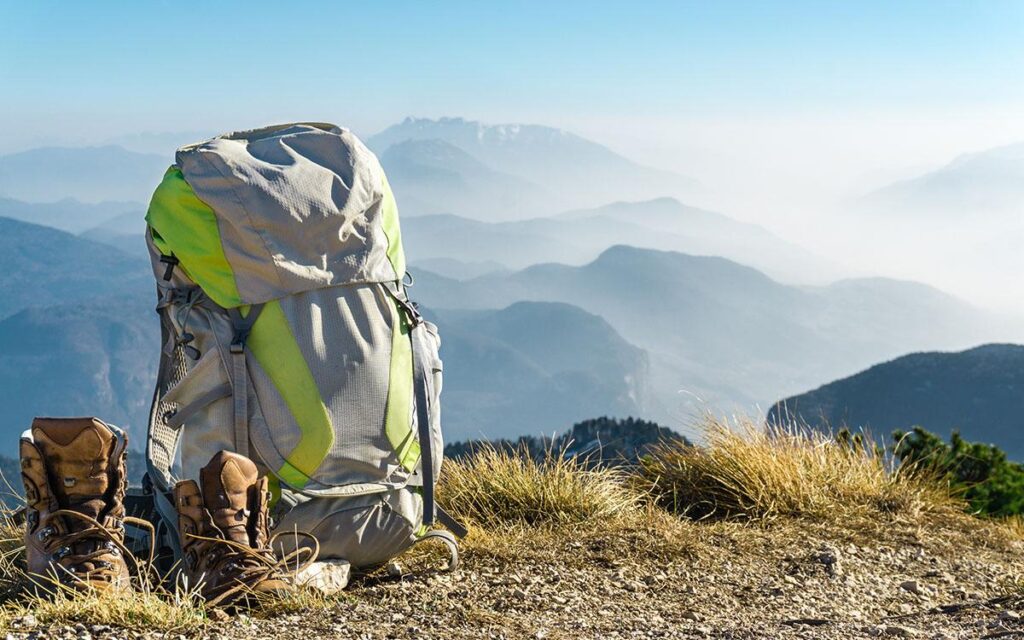What you need to take your hiking to the next level
Backpacking, a combination of hiking and camping, appeals to outdoor enthusiasts wanting to extend their experience beyond car campgrounds and spend more time in nature. The farther you go from civilization, the more you rely on yourself and your gear. If you’re considering a longer hike, these tips will help you prepare.
Necessary Gear
For backpacking, compact and lightweight gear is essential. Before purchasing new gear, consider renting or borrowing items like a backpack, tent, sleeping bag, and pad. Many outdoor stores, such as REI, offer rental services and clean the items after each use.
Test any borrowed pack by loading it with 25-30 pounds of gear and going for a long hike. A comfortable pack is crucial. Avoid ultralight packs until you have more experience, as they offer less padding. Opt for a three-season tent and consider sharing a two-person tent with a friend. Synthetic sleeping bags are versatile and affordable, and sleeping pads provide necessary insulation.
Water purification options include tablets, drops, and compact filters. Pack kitchen supplies like a single-burner stove, pots, pans, utensils, biodegradable soap, and a small towel.
Clothing
Check your closet for fitness clothing made from nylon and polyester, which wick moisture and dry quickly. Hiking boots are crucial; work with a specialist to find the right fit. Break them in before your trip to avoid discomfort.
Layer clothing in categories: base layers, hiking clothes, insulation, and weather wear. Base layers include long underwear, while insulation layers include fleece and puffy jackets. Hiking clothes should be comfortable for daytime wear, and weather wear like waterproof jackets and pants protects from the elements.
Bring a small repair kit with a multi-tool, duct tape, zip ties, utility cord, safety pins, needle and thread, extra batteries, adhesive patches, and stove repair items.
Food and Drink
Plan your food needs in advance. Lightweight, just-add-water meals are ideal. Snacks like trail mix, dried fruit, and high-protein bars are better than full lunches. Ensure you have a bit of extra food.
Consider the weather when packing food. Secure food and scented items in a bear canister or hang them from a tree branch to avoid attracting wildlife.
Destination Choice
Consult experienced backpackers, hiking club members, or outdoor store employees for destination recommendations. Start with an easy, nearby trail rather than a challenging one like the John Muir or Appalachian Trail. Choose a well-traveled trail with reliable water sources and aim for maximum daylight hours to reach camp before dark.
Check weather conditions before you go. Be prepared for lingering snow in high elevations, even in late spring or early summer.
Trip Conditioning and Preparation
Ensure you’re physically and mentally ready. Day hike with a fully loaded pack on trails similar to your planned backpacking route. Practice using your gear and navigating with a map and compass. Learn about animal safety, basic first aid, and obtain any necessary permits.
Familiarize yourself with the 7 Leave No Trace Principles to keep the outdoors beautiful and wild for future generations.
Before your trip, leave a plan with a friend, including your destination and return time. Contact them when you return. Maybe next time, they’ll join you.
Original Story at www.sierraclub.org
